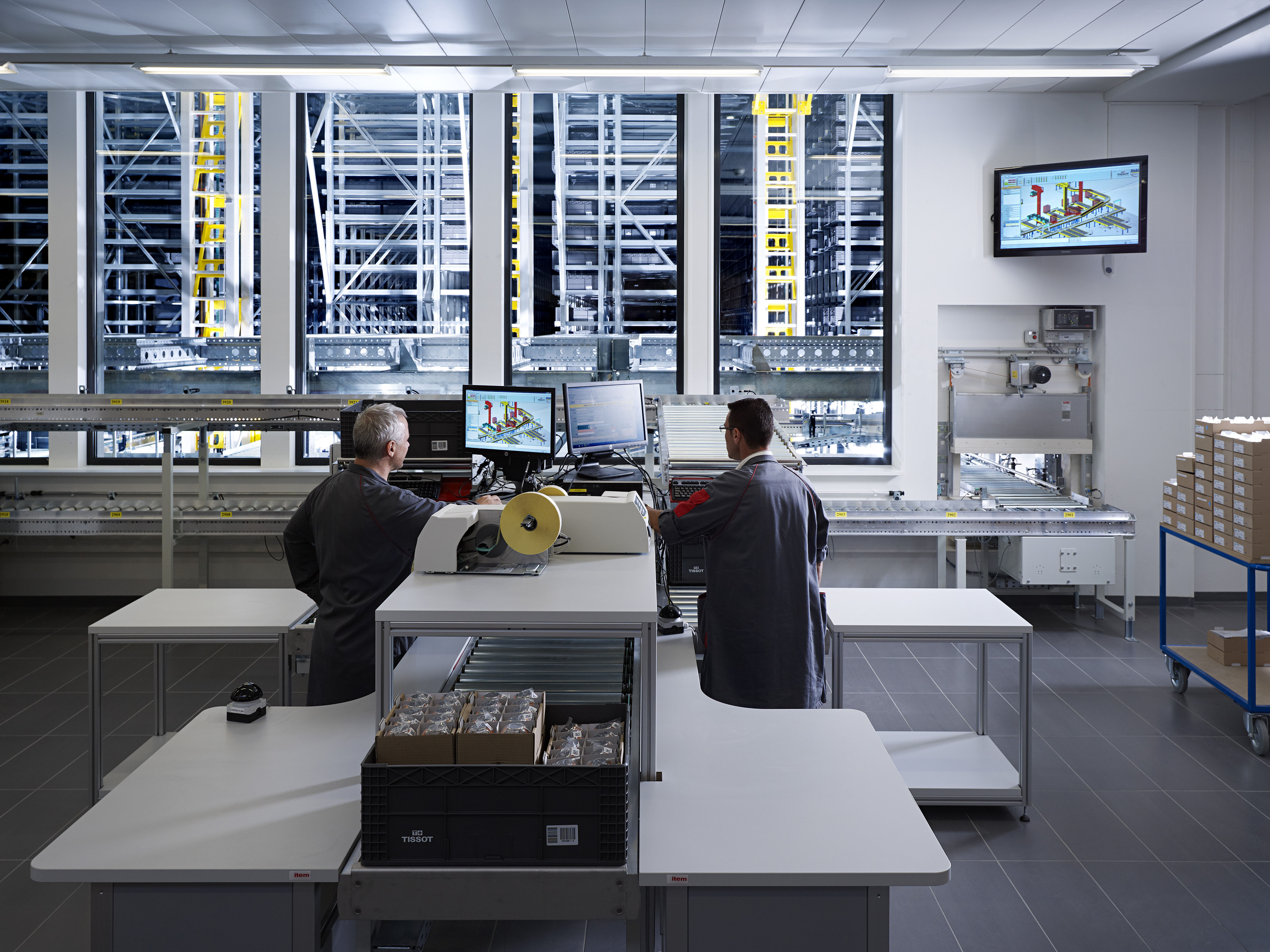
To meet the ever-increasing demands of customers while remaining competitive (and profitable!), warehouse facilities are turning to a wide variety automated solutions. Warehouse robotics and related systems not only reduce labor costs but also enhances accuracy, speed, and overall productivity. However, deploying these solutions requires careful planning and execution. Here are six top best practices to consider when making the leap into the future of warehousing.
- Assess Your Current Operations Thoroughly
Before diving into automation, conduct a comprehensive analysis of the existing warehouse operations. Understanding all processes, bottlenecks and pain points is the first step towards identifying the areas where automation can make a significant impact. This assessment should encompass aspects such as inventory management, order picking, packing, shipping and data management. By gaining a clear picture of your operations, you can determine which processes are prime candidates for automation.
- Prioritize Safety and Employee Training
Safety is always a top priority when implementing any new system or process. Automated systems in particular present potential new risks to personnel, existing equipment and products stored. Ensure that your employees are properly trained in managing and working alongside automated machinery. Implement safety protocols, such as restricted access zones, safety barriers and emergency shutdown procedures. Regular safety audits and training sessions will help mitigate potential risks and keep your workforce protected.
- Invest in Robust Warehouse Management Software
A robust Warehouse Management Software (WMS) is the backbone of any successful automation project. It acts as the central nervous system that orchestrates all the automated processes in your warehouse. Choose a WMS that aligns with your business requirements and offers scalability to accommodate future growth. A well-implemented WMS optimizes inventory control, order routing and workflow automation, and will improve efficiency and reduce errors.
- Start Small and Scale Gradually
Warehouse automation doesn’t have to be an all-or-nothing endeavor. In fact, starting small and scaling gradually is often the most prudent approach. Begin with automating a single process or zone within your warehouse and use it as a test case. Monitor its performance and collect data to evaluate the impact on efficiency and cost savings. Once you’ve fine-tuned the initial automation, you can expand to other areas of your warehouse.
- Integrate Multiple Technologies
Effective warehouse automation usually involves integrating multiple technologies and systems. These may include conveyor systems, robotic pickers, automated guided vehicles (AGVs), RFID technology and other Internet of Things sensors. Integrating these technologies seamlessly requires careful planning and coordination. It’s essential to choose systems that can communicate with one another and provide real-time data for decision-making. An integrated approach ensures that all automation components work in harmony to achieve maximum efficiency.
- Regularly Monitor and Optimize
Once the warehouse automation is up and running, the work is far from over. Regular monitoring and optimization are essential to ensure that your automated systems continue to perform at their best. Analyze data generated by your automation systems to identify areas for improvement. Adjust algorithms, reconfigure workflows, and update software as needed to keep pace with changing demands and technological advancements. A culture of continuous improvement is critical for staying competitive in the ever-evolving landscape of warehouse automation.
Warehouse automation has become a necessity for businesses looking to thrive in today’s competitive marketplace. Experts at Stöcklin are available to help guide companies through these six best practices and more on your way to navigating the complexities of automation successfully.
Remember that automation is not a one-size-fits-all solution. Tailor your approach to your specific business needs, and don’t rush the implementation process. With careful planning, thoughtful execution, a commitment to ongoing improvement and support from an experienced solution provider like Stöcklin, you can transform your warehouse into a well-oiled machine that meets customer demands efficiently and accurately.

Recent Comments